Create a year round capsule wardrobe with this 100 piece wardrobe.

Today I’m tackling the concept of a limited, minimalist capsule wardrobe. A common question is “how many items should I have in my capsule wardrobe?” A common number that makes sense is 100 clothing pieces for the entire year.
If you’ve ever wondered how much clothing you should have, and how to get there, then dig in to discover 5 steps to creating a 100 item year round capsule wardrobe.
Grab a pencil and take notes because I’m giving you all the steps and tips to get it done.
I pray this helps you become more confident in creation your wardrobe and showing up as your best.
Have you ever considered a minimalist wardrobe? What about a wardrobe for the whole year with only 100 pieces? Today I’m going to share with you 5 steps that you can use to create a wardrobe of 100 pieces to last you all year.
join the style membership for fashion frustrated women
The Radiant Woman Adventure
Understand your personal style, choose clothes that flatter your body, and look amazing every day. Get help with color analysis, style essence, body type, and building an easy simplified closet with a personal stylist in your pocket.
Table of Contents
Why a 100 Piece Wardrobe?
Let’s talk about the great big elephant in the room when it comes to capsule wardrobes, and that’s how many pieces of clothing should you have in your closet>
Another way of asking how many clothing items is ideal to have in your closet? 33, 60, 75?
How about 100 pieces of clothing including shoes and accessories for the entire year?
I’m really into this whole concept of a capsule wardrobe, right? Which begs the question, how many pieces of clothing should that actually be?
How many pieces of clothing should you have in your capsule wardrobe?
There are a lot of different schools of thought here. It really depends on your lifestyle and your activities and what you need for your own life.
I really love this concept of 100 because it’s a nice even number. I’ve seen it mentioned in different groups; bloggers that talk about living tiny mention 100 as the number that they aimed for when they were really minimizing significantly.
So I’m going to jump off this concept of a 100 piece wardrobe and show you exactly how you could break that down to have 100 pieces in your closet for the entire year.
Now, I don’t have 100 pieces of clothing. I probably have about 200. In a perfect world I would love to get down to 100 pieces.
But what I have found here is that this really breaks down into a smaller concept of what I’m calling the four piece wardrobe. And the reason I say four is because three is just not quite enough, ha.
The reason I came up with four is because in building out my own personal style uniform based capsule wardrobe, what I found was is that I would often binge buy something I really liked and end up with about seven or eight of those items.
But the truth was that I really only loved three to four of them. And I tended to reach for those same favorites over and over and over again. And the rest of them were subpar, secondary. They were kind of just meh to me.
So four is really a perfect number. And I’m going to get deeper into which four you should pick as we move along.
But I’m getting ahead of myself so let’s start back at the beginning with those 100 items. This is a five step process, so let’s break it down.
Step 1: Divide your 100 piece wardrobe into 5 sections of 20 pieces each.
The first step is to take this idea of 100 pieces and split it into five sections, of 20 each. Four of these sections are designated for a calendar season.
You will have 20 slots to fill for the spring season, 20 slots to fill for the summer season, 20 slots to fill for fall, and then 20 slots to fill for winter.
Then you’ll have this extra set of 20 pieces that you’ll to use to fill in the gaps. These 20 gap pieces are going to be really personal to you and you should fun with these.
They are going to add all the personality and fun to your wardrobe. Here are your 5 smaller wardrobe sections:
- 20 pieces for spring
- 20 pieces for summer
- 20 pieces for fall
- 20 pieces for winter
- 20 pieces for extras
Note: underwear, pajamas, loungewear, and sport/athletic clothing do not count (unless you wear them out in public as “real” clothes, then they count).
Step 2: Break each seasonal section of 20 pieces into smaller sections.
Step two is that you’ll start with one of these seasonal sections; I suggest starting with the season that’s coming up next. If it’s currently summer, you would start working on your fall season.
Let’s use fall as our example. You’ll take your 20 pieces from fall and further break it down.
You’ll split those 20 pieces into five one more time so that you have five sets of four items.
Section one is for tops. This includes t-shirts, button down style shirts, sweaters in the heavier months. Pick four items to go in your top section.
I strongly recommend picking one style that you know works really well for you and duplicating it into those four pieces.
For example, if you’re in fall and you found a basic long sleeve crew neck that works for you. Go ahead and buy it in three to four options. Choose a neutral (1), a second neutral (2), a color or print (3), and then you can buy a fourth one in another color or print or you could use that fourth slot for a statement item.
Section two, is for bottoms. This would include any pants that you want to use. It could also include skirts if you want to wear skirts.
You would also put dresses here to substitute the place of your bottoms because a dress can often serve as a base piece if you use a shirt or jacket layered over.
The third section is layers or completer pieces. These would be things like jackets, cardigans, kimonos, vests, etc. The amount of these you could choose for your wardrobe is rather endless, so I’m going to just give you those as an example.
Choose four of those. Stick with two neutrals, a color and a print or another color if you want to. That way you have some variety.
The fourth spots is for seasonal accessories. These could be things like a swimsuit for the summer. They could be scarves for the fall and winter. It’s really up to you and your climate what you want to put here, but these are very seasonal specific items.
For the final set of four items, choose your shoes. What you choose, is up to you and your personal style and your climate and your lifestyle needs, but consider choosing two neutrals here.
Each season should be split something like this:
- 4 tops
- 4 bottoms
- 4 completer or layer pieces
- 4 seasonal accessories
- 4 pair of shoes
Step 3: Choose your 20 extras to add personality to your wardrobe.
You’ve filled up 80 slots out of your 100. Let’s address that additional accessories section.
Definitely put some jewelry in here because it’s one of the things that you did not add in each of the seasonal bundles. jewelry can be used year round and elevates any outfit.
I also want you to consider in this section, any extra shoes or accessories that you really feel like you need to have. Any statement pieces that you for sure want to have in your wardrobe, be it some wild patterned dress, or snake print shoes.
It could be a cocktail dress if you just want to have one for what ifs. Essentially, this is just extras that were not fulfilled by the original 80 pieces.
This is for you to add your personality and anything you feel like you’re missing into your wardrobe.
That’s it!
You’ve created a list of 100 items for your wardrobe for the entire year.
However, you’re not done because there’s a little bit of information that you still need to have moving forward to make this really work.

Step 4: Create a Color Palette
One of the most important things about building a smaller wardrobe and keeping it to a minimalist perspective is focusing on the use of color to weave its way throughout the entire year and your entire wardrobe.
If you have ever bought a pair of pants or a shirt or an item of clothing that doesn’t go with anything else in your closet, then you know exactly what I’m talking about.
You need a color palette.
You need a concise, defined color palette to help you get the most out of your wardrobe.
You really want to have about four neutrals, maybe extra tonal neutrals. Have at least one signature color, and then a set of colors that you rotate through spring and summer and a set of colors that you rotate in fall and winter.
I give you this distinction because the attitude of the season often wants us to lead us someplace. In spring and summer, we often want lighter, brighter colors, and in the fall and winter, we often want darker, deeper colors, darker, richer colors.
However, I do want you to make sure that your spring and summer selections work well with your fall and winter selections. Don’t go completely to opposite ends of the spectrum.
If you want some help creating a color palette, download the free color palette template and create your own version.
Step 5: Go live your best life.
So step five, here you are. You’ve got a list of 100 items. You’ve got a color palette that’s going to make it all work together like a beautiful marriage.
The final thing I want you to do is I want you to go live your life in the wardrobe that you love.
You’re not going to stand in front of your closet for 20 minutes trying on various outfits and throwing them on the floor in a frustrated heap because none of them work and putting on those leggings and boring sweatshirt again.
No, my friend, you’re going to get dressed in five minutes because you love your clothes. You picked them carefully. They all work together. They all match together. And then you’re going to go on with your life.
You’re going to go out there. You’re going to drink your hot coffee. You’re going to have your morning time with the Lord. You’re going to hug your kids in a happy mood when they get up. And you’re going to go on and you’re going to live your life.
100 Pieces of Clothing is Enough
Maybe you’re starting to freak out just a little bit because I said you could only have four shirts for a season and then four bottoms for a season and you’re thinking to yourself,
“Wait a minute! That means I have to do laundry every three or four days. I don’t want to do that.”
I want you to stop for a second and I want you to consider that you’re going to build one of these sets for each season. Realistically, you have eight shirts for spring/summer and eight shirts for fall/winter.
If you think about the transitional times between some of those seasons, you can actually stretch that out even more.
So you actually have for the entire year, (in just the seasonal sections) 16 tops, 16 bottoms, 16 layering pieces and 16 pairs of shoes and then another 16 random items that you selected for each season.
You have a lot of clothes here. When you start mixing those together it’s possible to have thousands upon thousands of iterations of clothing based on the pieces that you selected. At minimum, a thousand iterations, a thousand different outfit combinations.
You’ve got enough clothes to get dressed for three years without repeating an outfit.
Final Thoughts on a 100 Piece Wardrobe
When you consider just 100 pieces for your entire wardrobe, it seems daunting. However, breaking it down into smaller pieces illustrates how you can easily create a small wardrobe.
For the coming season, I want you to consider what 20 items you would absolutely have to have in your wardrobe. Break that season down into five sections, analyze what you have versus what you need and only buy things to fill the empty slots. You’ll be on your way to creating the 100 piece year round wardrobe of your dreams.
Related Wardrobe Articles:

Discover a simple method to create a 100 piece wardrobe for the entire year.
Stacey is the owner and creator behind Radiantly Dressed. She is a certified image consultant and AICI member focusing on creating simplicity in wardrobes via color and style.


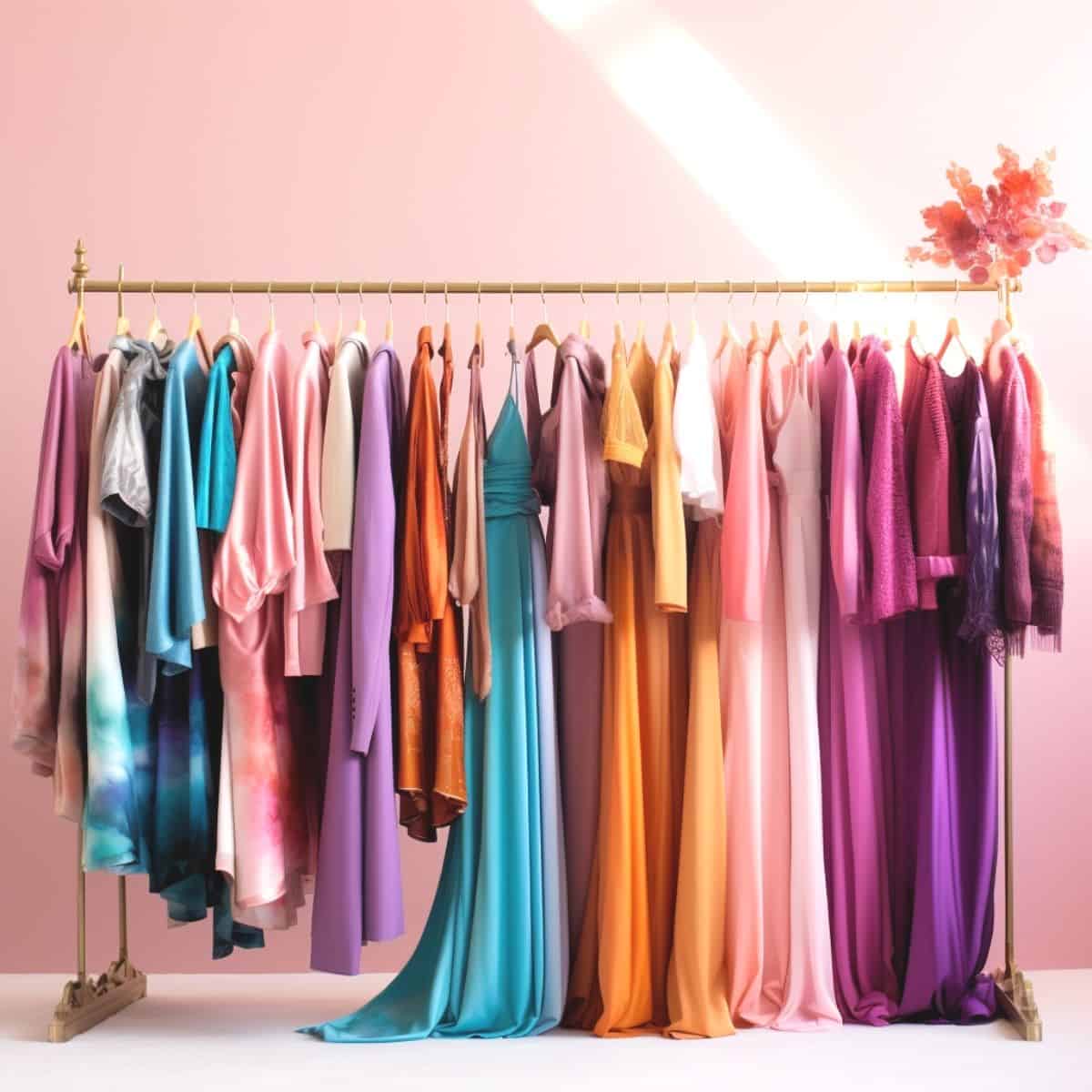
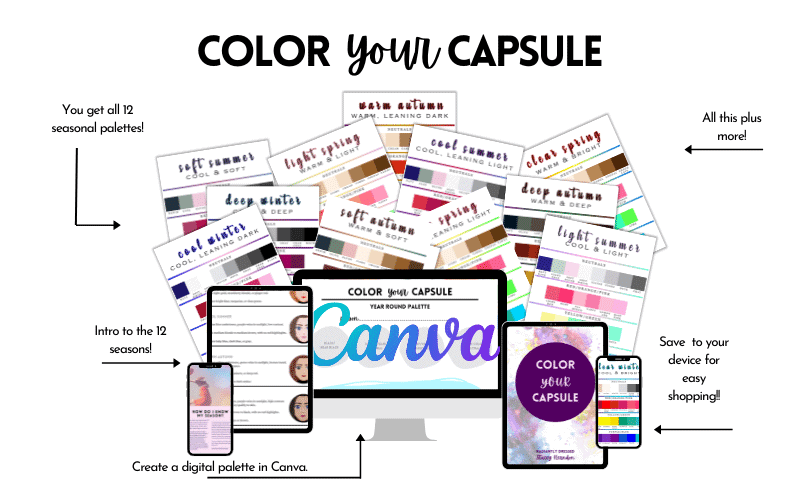
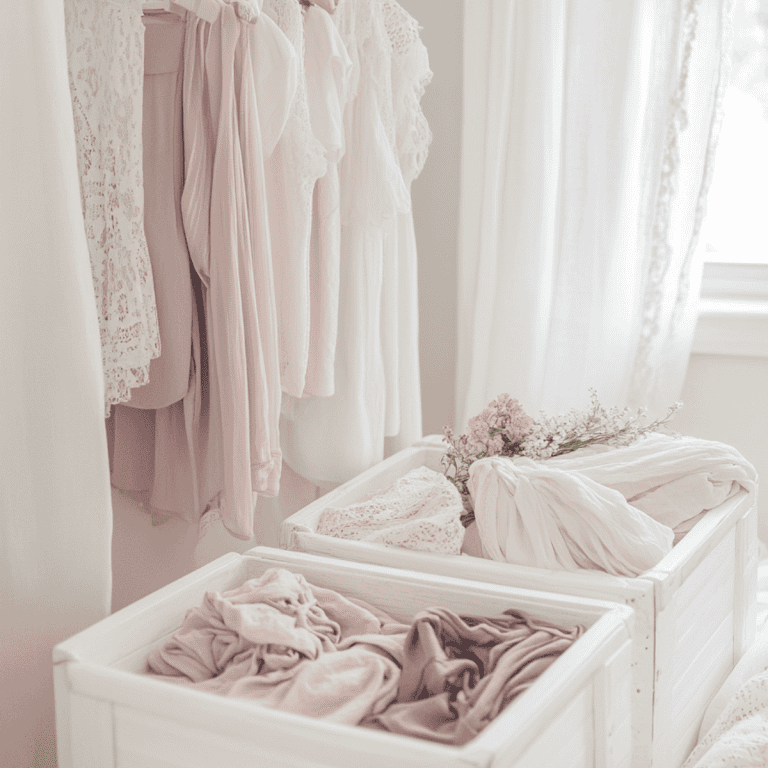
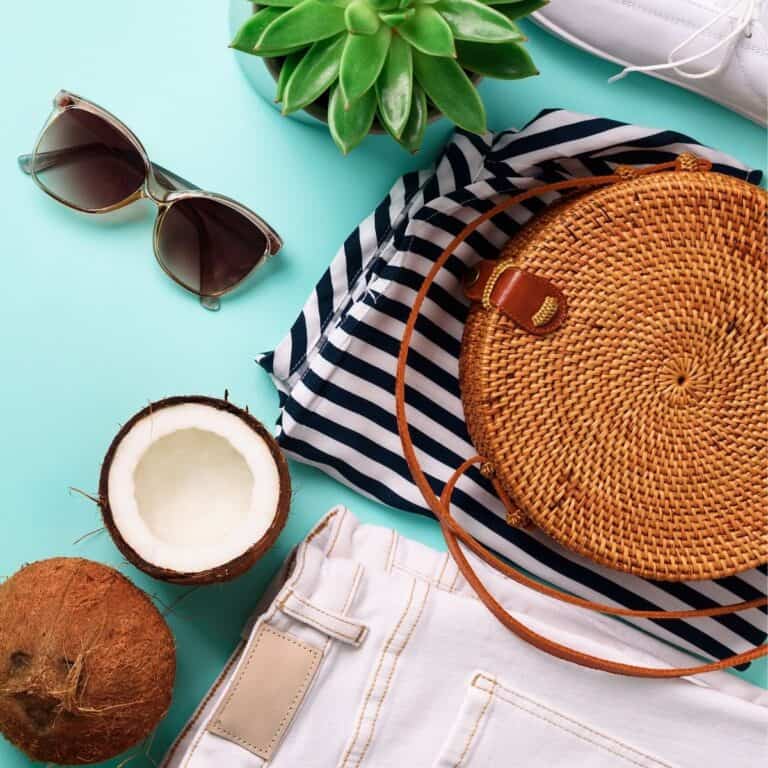

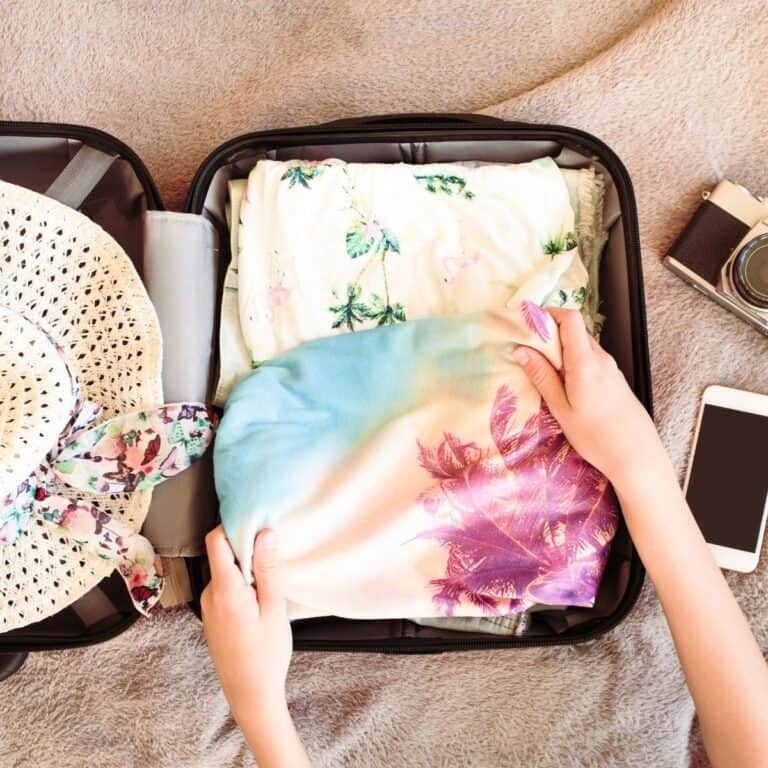



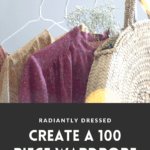
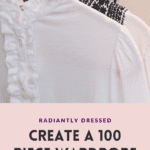

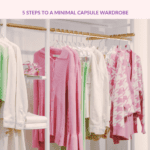
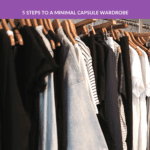


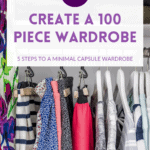
What a refreshing and encouraging article. I am a die hard clothes horse with entirely too many things in my closet and oft times nothing to wear. You have really given me a practical guide of how to start my minimizing journey. I think I’m feel ready to begin. Thank you for making it seem attainable.
Hey Katherine! I am admittedly more of a maximalist than minimalist, although I really want to have a very small wardrobe. 100 does seem perfectly attainable when you break it down like this! Happy it resonated with you!
Wow! This post is so informative and interesting. I really enjoyed reading it.
Excellent article! It would be great to see a clue of examples of the 100 pieces for inspiration!!!
Thank you Catherine. I purposefully didn’t give hard examples because everyone’s personal style is unique. I am building out an example 100 piece wardrobe in the Radiant by Design membership and go into this concept in further detail.
Stacey
Stacey,
Thank you for the podcast! Thank you for the prayer at the end. I have always had to “translate” what I bought for what I was comfortable wearing. I am the person who is fine with wearing a pair of 501 levis, a white shirt, saddle shoes, and in winter, a ragg wool sweater as uniform in a school that didn’t have uniforms, and actually did so one year in high school to avoid comments on what I wore. You can’t fault that outfit, which is why I wore it (multiple levis, shirts, etc). You could call that the ultimate capsule wardrobe. I want to expand, and though so much exists on the internet and elsewhere, when I heard you credit Psalm 35 and say you love Jesus, I felt, someone else understands what I’m looking for. I’m for Jesus, and I want to dress that way.
Just an FYI: for your reference to the tiny house movement, it’s usually referring to 100 possessions total, not 100 items of clothing :-)